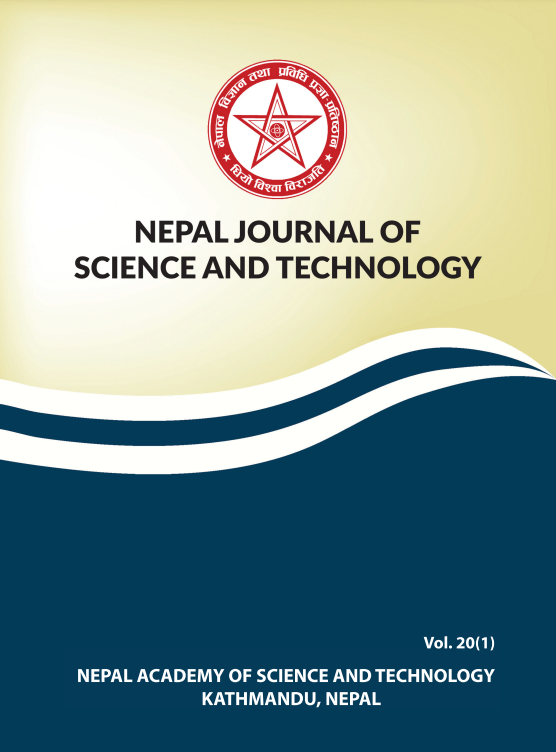Biobriquetting Experience of Nepal and Nepal Academy of Science and Technology (NAST)
DOI:
https://doi.org/10.3126/njst.v20i1.43352Keywords:
Banmara, Biobriquettes, Biocoal, Biovillage, EcofuelAbstract
Animal dung briquettes are widely used in rural Nepal as they are cheap, easy to make and based on local materials. But their combustion and use, have negative impact on the health of women and children. Likewise, fuelwood is also still widely used for cooking and heating, causing adverse impact on forest conservation, environment and climate change. Search for alternatives to dung and fuelwood is a continuous process andfuel briquettes based on agro-forest waste is an attractive option. NAST, since its inception in 1982, has been continuously working in this area, introducing different technologies through many projects. It extended R&D and financial support to different individuals and industries working on biobriquetting. It was able to establish a biomass laboratory and Briquette Training Centre with workshop facilities to extend R&D and pedagogic support to university, college students and private sector. Many trainings were conducted under the Biovillage program and different projects. NAST even deputed its staff as JICA expert on biomass briquetting, brought teachers and engineers from Rwanda to be trained in NAST briquette training center. Many projects on briquetting were accomplished making NAST a credible institution in the area of biobriquetting
Downloads
Downloads
Published
How to Cite
Issue
Section
License
Copyright (c) 2021 Ramesh Man Singh

This work is licensed under a Creative Commons Attribution-NonCommercial 4.0 International License.
Authors retain copyright and grant the journal right of first publication.




